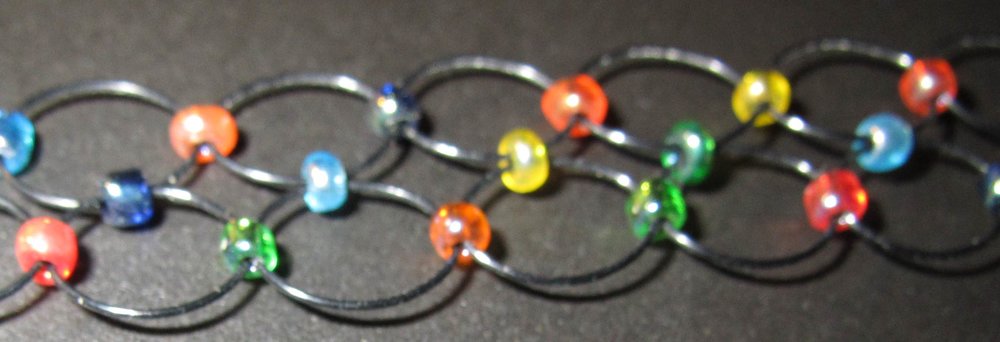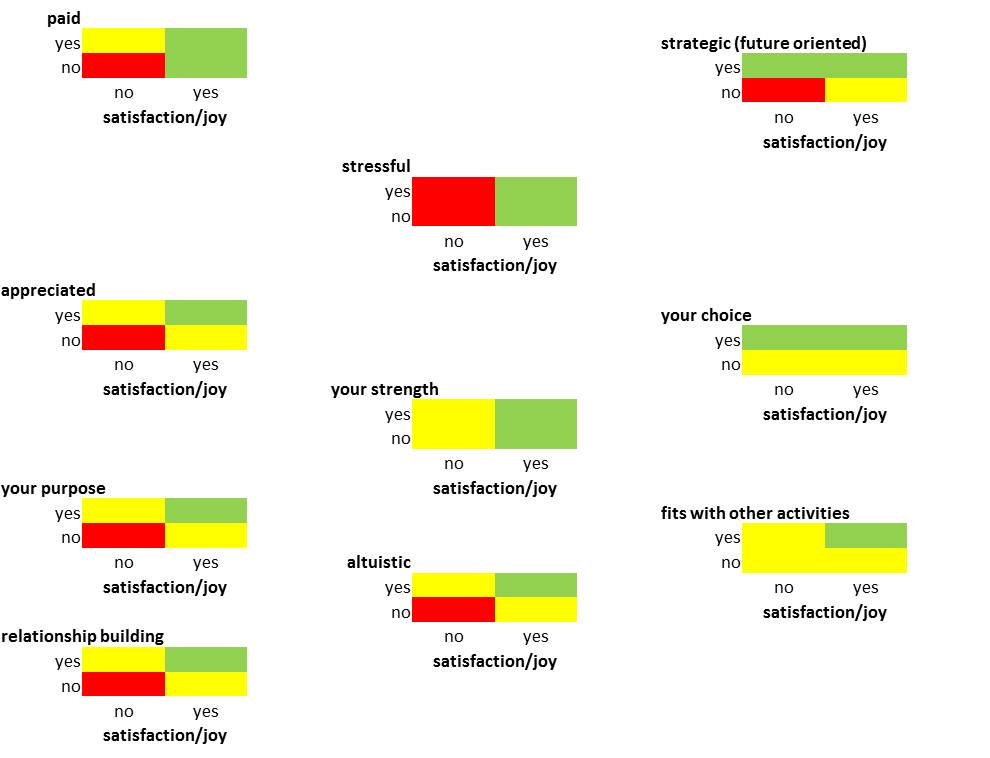"Life is a train of moods like a string of beads; and as we pass through them they prove to be many colored lenses, which paint the world their own hue, and each shows us only what lies in its own focus." - Emerson as quoted by Louisa May Alcott in Moods .
.

Moods are an overlay to our perception of the world. The more we hold moods in check by melding everything into a homogeneous demeanor we can sustain for long periods of time, the more consistent everything becomes. This is often the ‘professional’ behavior that training and workplace metrics encourage. It comes at a cost. We are purposely looking through the same lens…that paints the world the same hue…and only shows what lies in its own focus. It can make life easier for us because we know exactly what to expect of ourselves; it can also help our relationships for the same reason.
It can also be boring and stressful.
Acknowledging a different mood, even slightly, can change the experience of an everyday situation and provide new avenues to address problems. For example, usually Andrea is in a good mood in the morning when she gets to work but one morning she arrives having spilled coffee while driving in and now she is upset, feeling that nothing has started right with the day…she is grumpy. She opens her email and there is, yet another, request for help finding a chart set from a recent review. Usually she replies to these requests with a link to the location. It takes less than 5 minutes to find the location and respond. In her grumpy mood - she realizes this same person has been asking this question pretty frequently and she starts a note with a link to the library and plans to tell the person to ‘find it themselves.’ Fortunately she realizes it will come across as abrupt and rude before she hits ‘send.’ The outcome, in the end, was positive because she wrote up a very simple procedure to find the chart sets and now sends it out when requests come in - just below the specific link to the one requested; the number of requests have gone down because the frequent requesters now understand how to easily find the chart sets themselves.
 Keeping moods internal - not showing them outwardly - can be stressful. It is probably healthier than not acknowledging the mood at all since the ‘focus’ for your mood is still visible (i.e. you have not narrowed your perception by only experiencing/acknowledging one mood). Because you restrict yourself from jumping up and down with joy or clomping down the hall with tight fists in frustration, there need to be alternative escapes for the emotion of the mood. Think about what works for you. Physical activity works well for me because it serves to break the thread of activity my mood had created:
Keeping moods internal - not showing them outwardly - can be stressful. It is probably healthier than not acknowledging the mood at all since the ‘focus’ for your mood is still visible (i.e. you have not narrowed your perception by only experiencing/acknowledging one mood). Because you restrict yourself from jumping up and down with joy or clomping down the hall with tight fists in frustration, there need to be alternative escapes for the emotion of the mood. Think about what works for you. Physical activity works well for me because it serves to break the thread of activity my mood had created:
- Take 5 deep breaths. Air in through your nose…out through your mouth.
- Walk rapidly to your car…and then back.
- Roll your head clockwise 10 times, counterclockwise 10 times.
Remember - The more intense the mood, the more intense the new perception might be so seek to use the positive aspects of that perception while curbing the actions that could damage relationships.
And - enjoy your life’s “train of moods like a string of beads.”





























